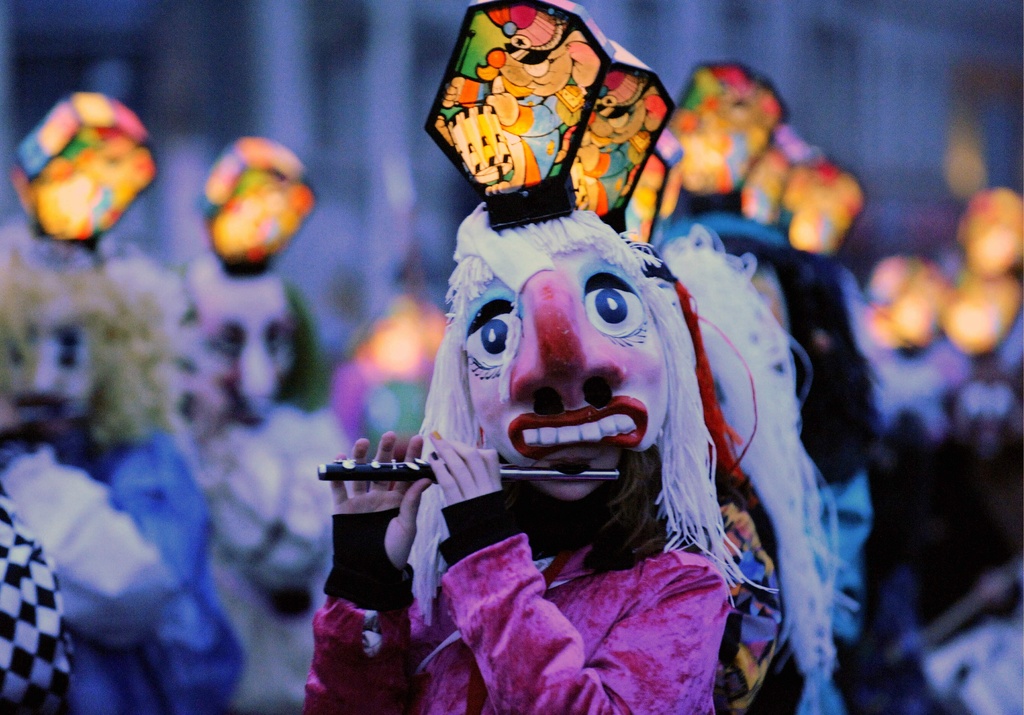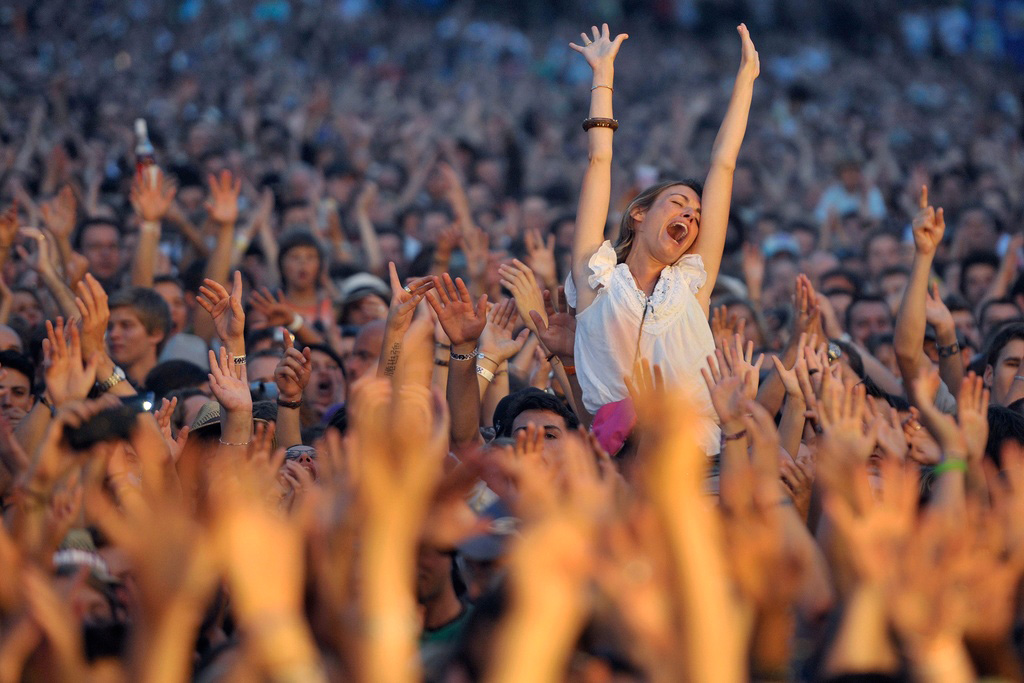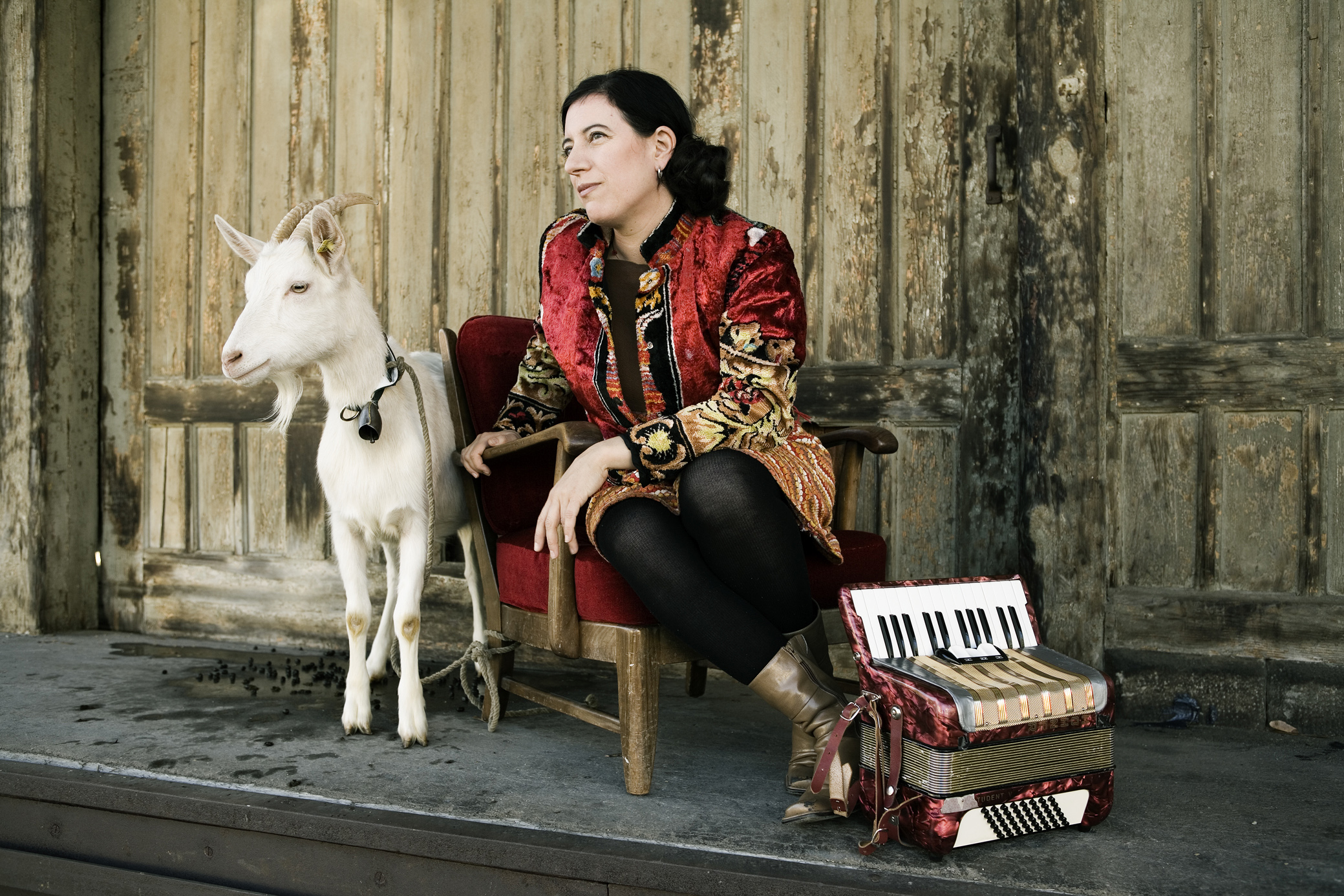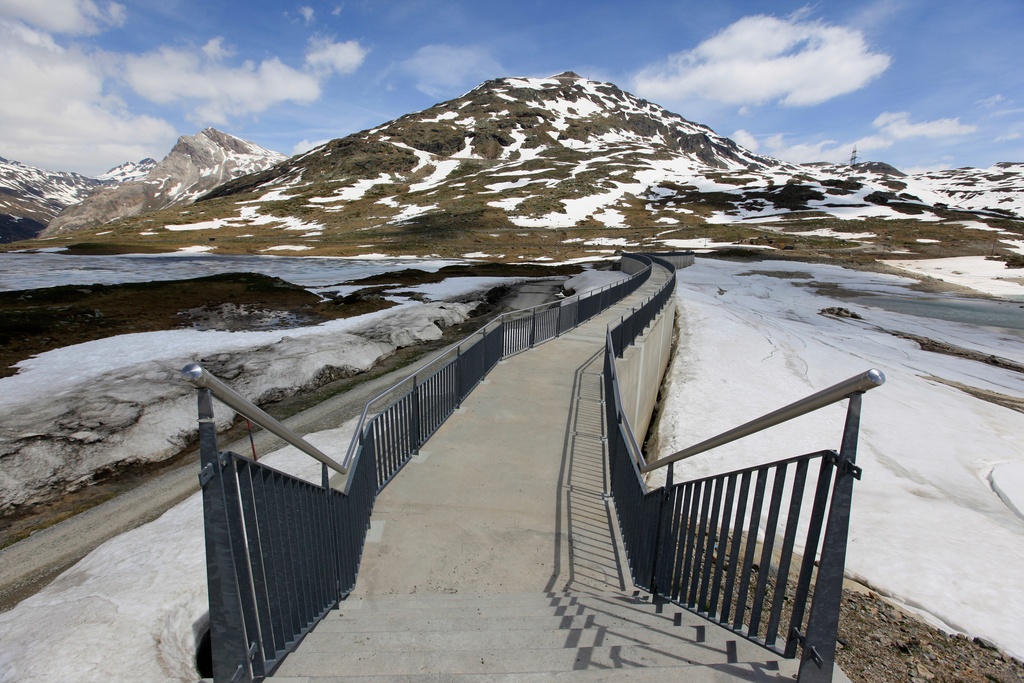Swiss fondue may gain Unesco heritage status

Creamy Gruyère cheese fondues, Geneva’s Escalade celebration or the Basel Carnival may soon gain special Unesco status as examples of “intangible” Swiss heritage.
Swiss cantons recently finalised lists of unique rituals, arts, festivals and traditions they wish to highlight. This follows the ratification of related Unesco conventions and is part of renewed interest in popular Swiss culture.
“Switzerland is rich in traditions but many disappear every day,” David Vitali, head of the culture and society department at the Federal Culture Office, told swissinfo.ch. “We are convinced that our traditions merit a much greater attention from the population and from national cultural policy than in the past.”
The federal office is currently coordinating a national inventory of so-called living traditions, drawn up by the 26 cantons.
The move is part of Switzerland’s obligation after ratifying Unesco’s convention for the safeguarding of intangible cultural heritage and the convention on protection and promotion of the diversity of cultural expressions in 2008.
“First we will draw up a national list and then there is the possibility of inscribing certain elements on Unesco’s list of intangible cultural heritage,” explained Vitali.
Here they will feature alongside 232 current examples of international cultural heritage selected for their potential to demonstrate cultural diversity, including Chinese calligraphy, Spanish flamenco and Mongolian folk dancing.
Whittling down
The cantons started drawing up lists in September 2010 and the last ones were recently handed in to the culture office.
“It was a very, very varied process,” said Vitali.
While some hired specialists went through archives, others took a more bottom-up approach asking local residents’ opinions.
In all, some 380 proposals were received. These are currently being whittled down by a group of 12 experts to create a national list of around 150 by October 2011, to be published in spring 2012. A much shorter selection will then be proposed for Unesco inscription.
For now the contents of the lists remain secret – with the exception of cantons Geneva and Fribourg, which communicated them publicly.
Cheese and chocolate
Fribourg’s eight suggestions included the classic cheese fondue, Gruyere and Vacherin cheese-making skills, “Poyas” paintings of rural life in the Fribourg mountains and the expertise of natural healers.
Geneva’s list of ten proposals included the “Escalade”, a traditional annual celebration in December commemorating the unsuccessful attack on the city by troops from Savoy in 1602, and the Jaques-Dalcroze rhythmic music methodology.
Isabelle Raboud-Schüle, president of Fribourg’s expert group, admitted their choice was slightly caricatured.
“It’s hard to avoid,” she told Le Temps newspaper. “But that’s based on reality. You shouldn’t give value judgments. The aim is to indicate what identifies a population.”
Vitali said the aim was to avoid clichés as much as possible, while not setting customs in stone.
“We don’t want to mummify Swiss traditions,” he commented. “The people proposing the ideas need to prove that the examples can evolve, are living and are relevant for today’s public,” he said.
Cultural agenda
The lists come as Switzerland sets out its cultural agenda for the next four years. The government adopted a law encouraging culture in 2009 and presented a “cultural message” outlining its programme for 2012-2015 in February 2011.
Parliament is currently reviewing the matter before it enters into force in January 2012.
The authorities want to place special focus on popular and digital cultures.
In its message the government described the two Unesco conventions as “a reaction to the homogenisation and weakening of cultures caused by globalisation”.
Cultural diversity was of “capital importance” in a country like Switzerland where different languages and cultures cohabited in a small space, it added.
Popular revival
Under a number of specific measures, the culture office plans to co-finance projects aimed at passing on traditional arts and crafts to young people.
The Swiss Arts Council (Pro Helvetia), which recently pioneered a programme on popular traditions, will collaborate with the rural cantons to focus on regional arts and culture.
The Swiss National Library will also present an exhibition on the diversity of regional dialects in collaboration with Zurich University.
Pius Knüsel, director of the Swiss Arts Council, said the resurgence of interest in traditional culture was a global phenomenon.
“The issue of identity has become very important,” he said.
“Traditional popular culture is a powerful social force; it includes about 500,000 active Swiss citizens. They are seeking recognition first and only secondly financial support. Traditional culture has been excluded from state support for more than 30 years. There is a need for better national structures, support for key events and more qualified people.”
Cultural promotion in Switzerland – like education – falls under the authority of the cantons and communes and has been anchored in the constitution since 2000.
Cantons are responsible for culture at their own regional level, with the federal government responsible for cultural matters of national interest. Thus cultural promotion has become an established part of federal policy.
Of the over SFr2.24 billion of public money invested in cultural funding in 2007, SFr1.03 billion (46 per cent) is spent by the communes and SFr880 million (39 per cent) by the cantons, with the federal government contributing SFr334 million (15 per cent).
Five regions provide 60 per cent of local funding for the arts: Basel Country, Bern, Geneva, Vaud and Zurich. Basel City tops the chart with SFr777 per inhabitant, but French-speaking cantons are generally more generous – SFr348 per inhabitant – than the German-speaking ones (SFr216 per resident).
The Federal Culture Office looks after the areas of cultural promotion and awareness, national heritage and the preservation of historic buildings and monuments. It maintains the national art collections, the Swiss National Library and 11 museums including the Swiss National Museum.
The culture office is also active in the preservation of local character and archaeology. It supports the work of filmmakers, artists and designers and promotes the interests of the different linguistic and cultural communities. It has a staff of around 200.
Pro Helvetia, the Swiss arts council, exists to promote cultural works of national and international interest. It was established as a foundation by the Swiss government in 1939 and is still entirely funded by public money.
Pro Helvetia aims to provide Swiss artists and performers with the best possible conditions for the creation and dissemination of their works and helps them to maximise their impact in Switzerland and abroad.
As well as the two major players mentioned above, there are also many grant-making private foundations in Switzerland that make donations to the arts.

In compliance with the JTI standards
More: SWI swissinfo.ch certified by the Journalism Trust Initiative














You can find an overview of ongoing debates with our journalists here . Please join us!
If you want to start a conversation about a topic raised in this article or want to report factual errors, email us at english@swissinfo.ch.